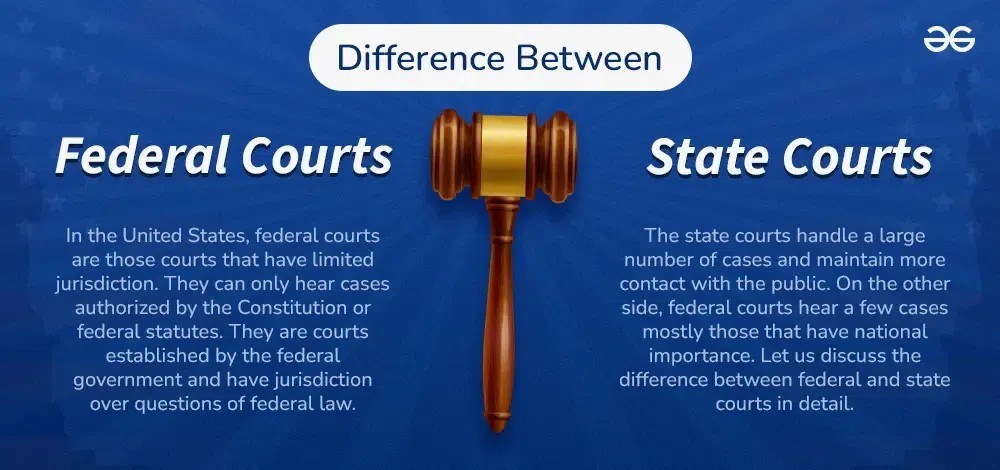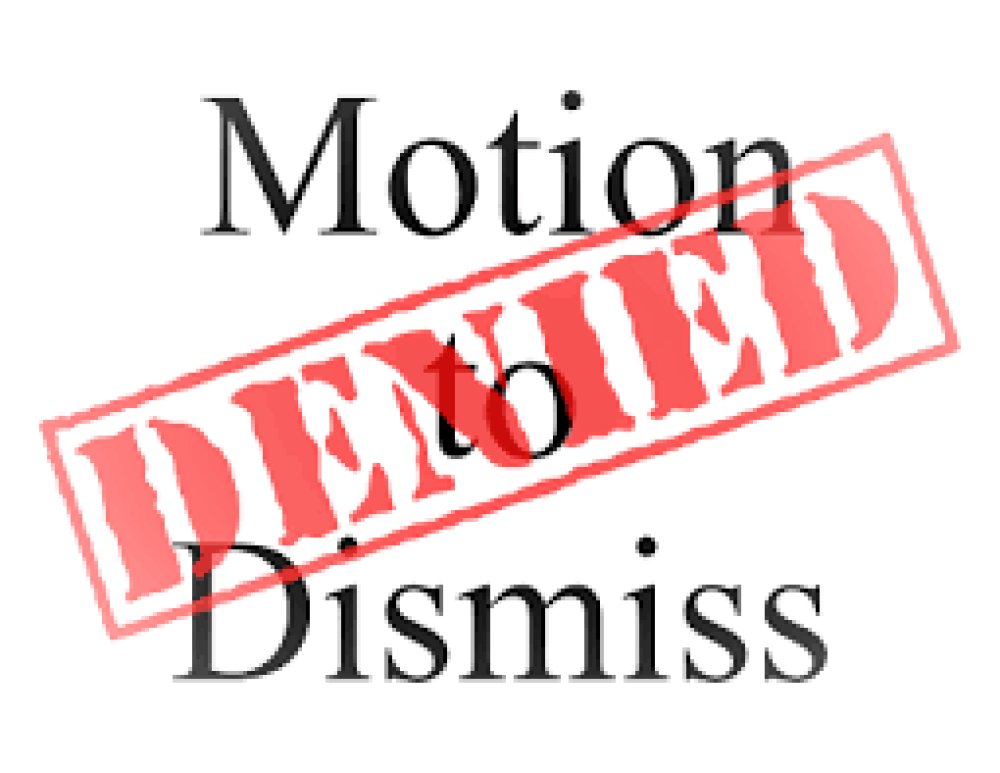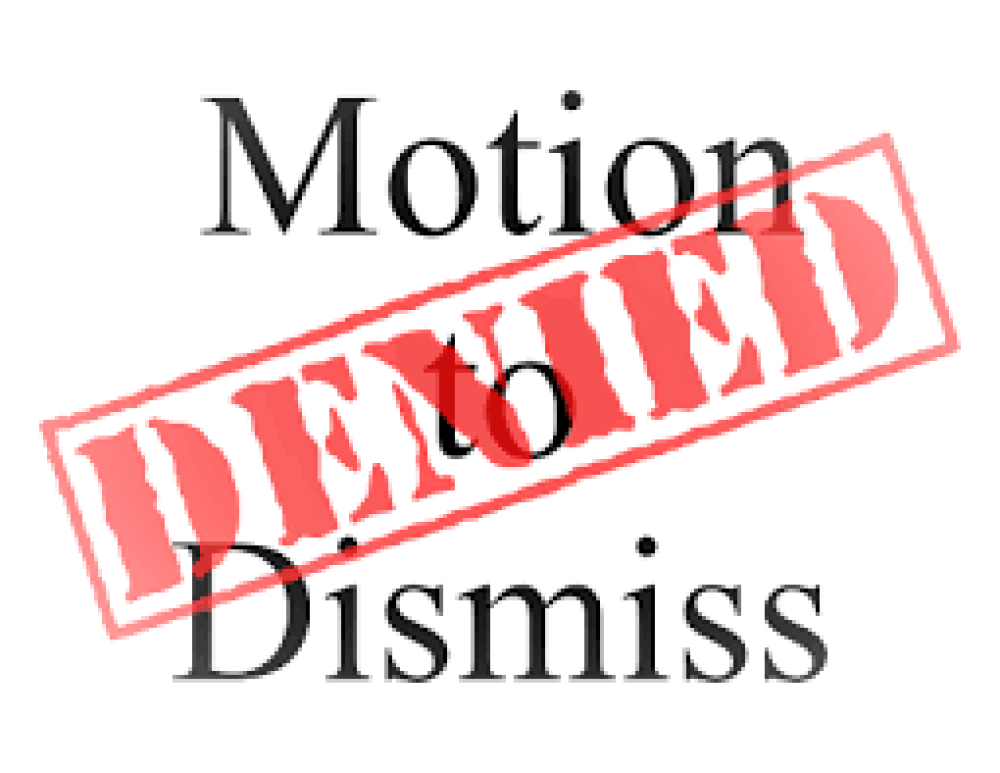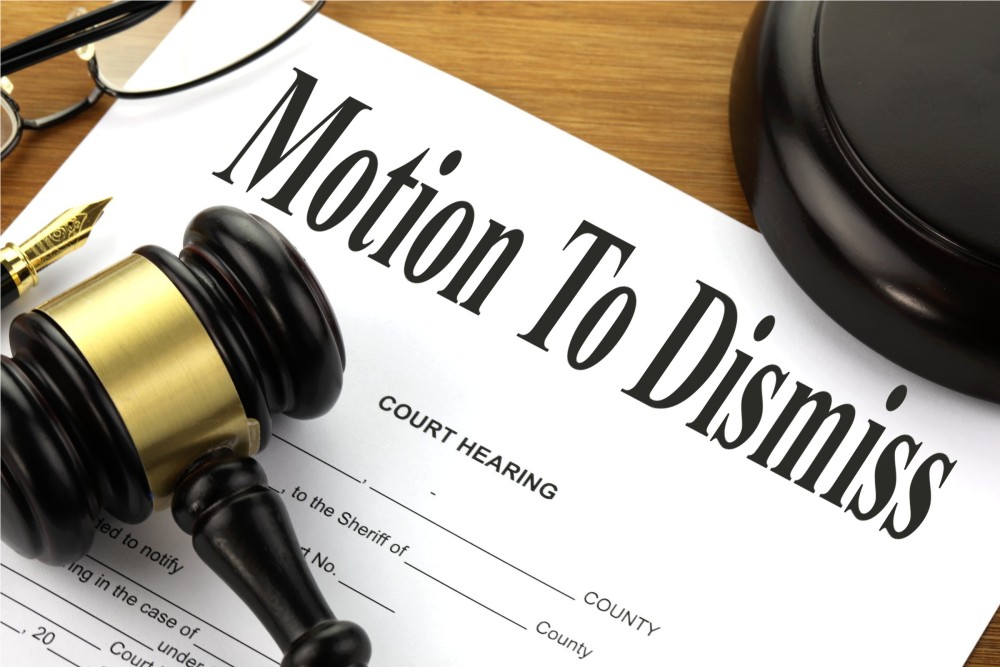
A motion to dismiss for lack of jurisdiction is one of the most powerful legal tools available to defendants in civil litigation. Jurisdiction determines whether a court has the legal authority to hear a case. If a court lacks jurisdiction, it cannot proceed, and the case must be dismissed. Filing a motion to dismiss for lack of jurisdiction can save defendants from unnecessary litigation, high legal costs, and unfavorable rulings in an improper forum.
Learn More →
A motion to dismiss is one of the most effective tools in litigation, allowing a defendant to challenge the legal sufficiency of a lawsuit before it moves forward. However, the rules and procedures for filing a motion to dismiss can vary significantly between federal courts and state courts. Understanding these differences is crucial for defendants and legal professionals seeking to navigate the litigation process effectively.
Learn More →
Filing a motion to dismiss is a strategic move that can end a lawsuit before it proceeds to costly litigation. However, many defendants make avoidable mistakes that weaken their motion and increase the chances of rejection. Courts are strict about procedural compliance, legal reasoning, and supporting case law—failing to meet these standards can lead to denial. To improve your chances of success, it’s crucial to understand the most common mistakes when filing a motion to dismiss and how to avoid them. This article highlights these key errors and provides expert guidance to ensure your motion is persuasive, legally sound, and properly structured.
Learn More →
A motion to dismiss is one of the earliest and most critical tools a defendant can use to challenge a lawsuit. If granted, it can save significant time and legal costs by ending a case before trial. However, if a court denies a motion to dismiss, the case moves forward, leaving the defendant with critical decisions. One of the most pressing questions at this stage is: Can you appeal a denied motion to dismiss?
Learn More →
A motion to dismiss is a powerful pretrial tool used by defendants to challenge the legal sufficiency of a lawsuit. If successful, it can end the case before it moves forward. However, not all motions to dismiss are granted. When a court denies a motion to dismiss, the case continues, but what happens next? Understanding the implications of a denial and the available legal options can help defendants plan their next steps strategically. This article explains what happens when a motion to dismiss is denied and how to proceed effectively.
Learn More →
A motion to dismiss is one of the most effective tools in civil litigation, allowing defendants to challenge a lawsuit before it moves to discovery and trial. However, a poorly drafted motion can be quickly denied, leading to unnecessary litigation costs. To increase the chances of success, a motion to dismiss must be clear, well-structured, and legally sound. This guide explores the key elements and strategies for drafting a strong motion to dismiss.
Learn More →Whether you are dealing with a complex family matter, facing criminal charges, or navigating the intricacies of business law, our mission is to provide you with comprehensive, compassionate, and expert legal guidance.